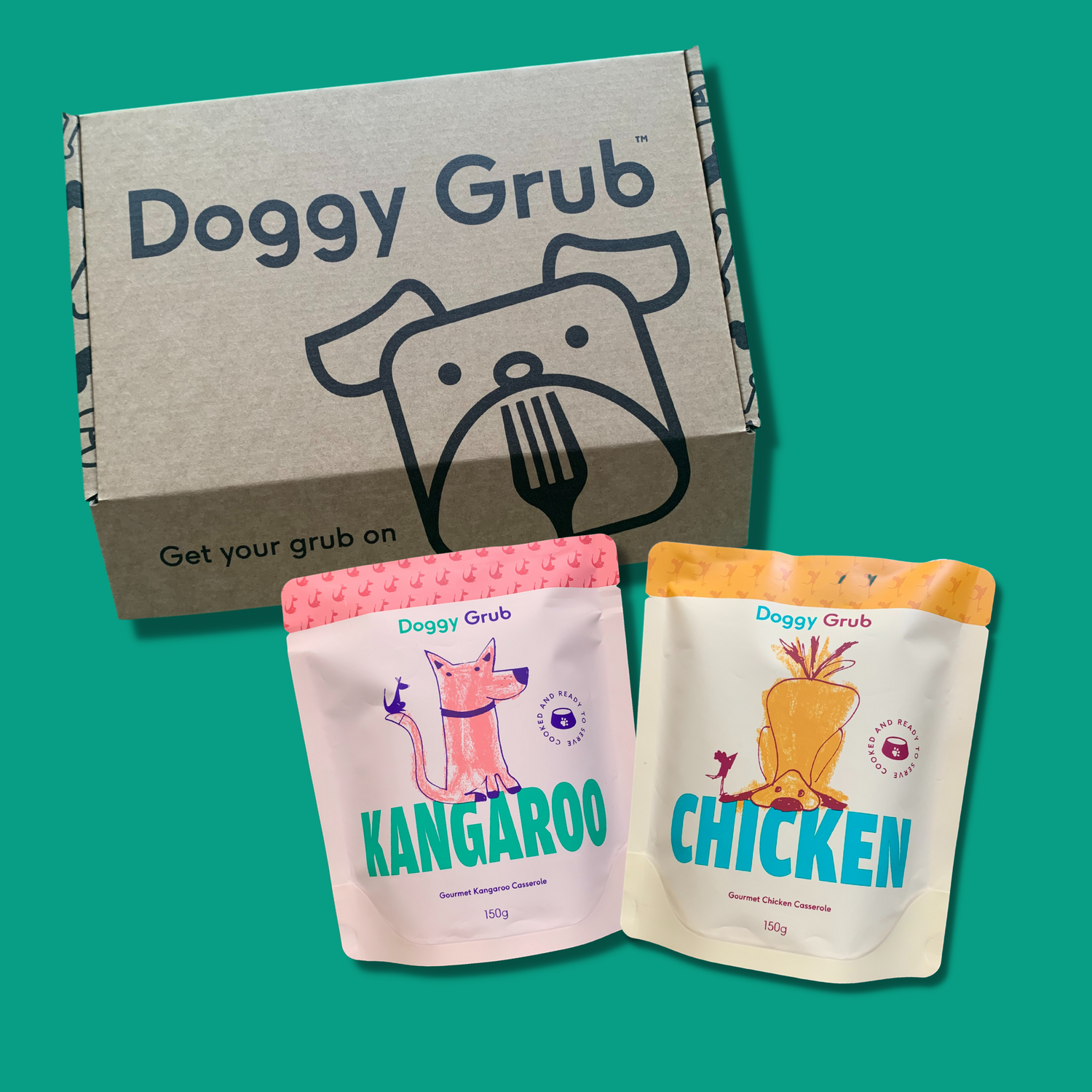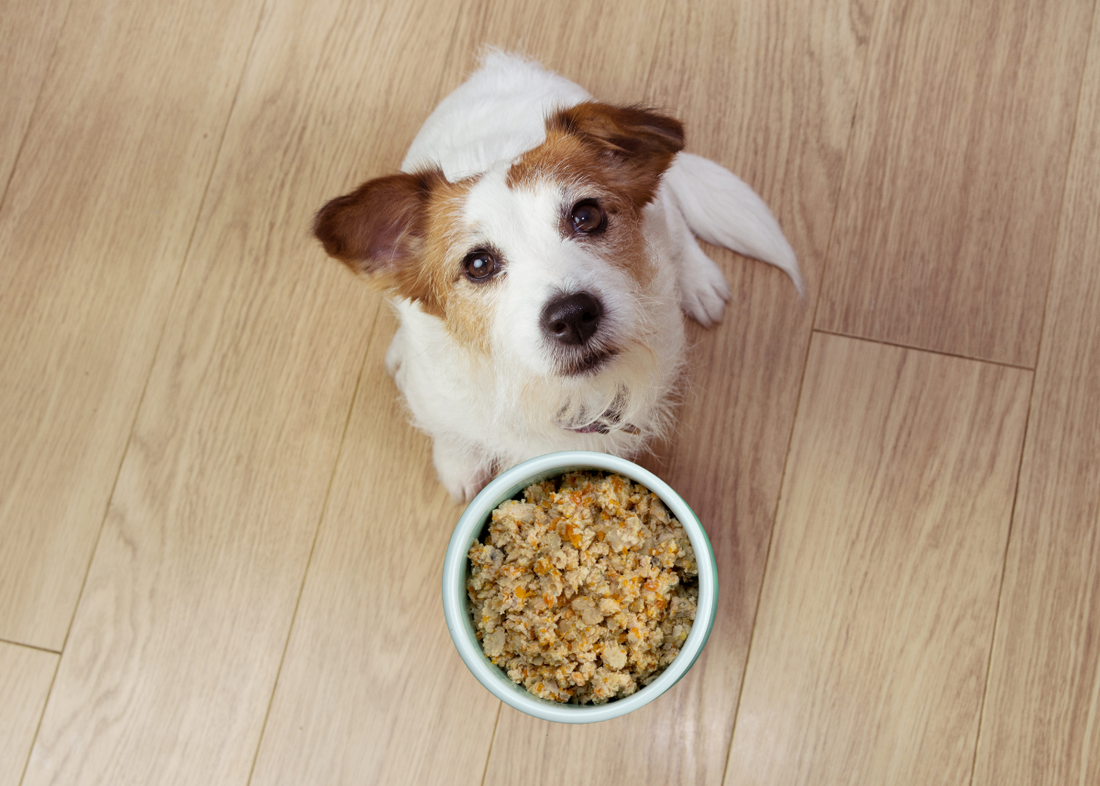Have you ever found yourself contemplating a change in your furball's food menu? Maybe you're thinking about shifting from kibble to a more gourmet approach, or perhaps you've decided it's time to embrace the raw food movement.
But hold your doggy biscuits – switching your pup's diet isn't something you should do impulsively. It requires a bit of planning and finesse to avoid digestive hiccups. Fear not, for we've fetched some tips to help you guide your furry friend through this culinary transition without causing any tummy rumbles!
Why Transition your dog to new foods?
Let's understand why we need to transition in the first place. Just like us humans, dogs can be creatures of habit, and a sudden shift in their diet can lead to upset tummies, gas, and even diarrhea. By easing your pupper into a new diet, you're giving their sensitive stomachs a chance to adapt and avoid any unpleasant digestive surprises
Step 1: Consult Your Vet
Imagine trying a new diet without consulting your doctor first. A bit risky, right? The same applies to our four-legged pals. Before embarking on a food adventure, chat with your veterinarian or better yet, a pet nutritionist. They can guide you on a diet that is best for your dog's breed, age, and health status.
Step 2: Slow and Steady Wins the Race
Now that you've got your vet's blessing, it's time to plan the transition. The key here is gradual change.
Start by mixing a small portion of the new food with your dog's current chow. Think of it as a culinary sneak peek – a teaser of what's to come.
Over the course of about 7 to 10 days, gradually increase the portion of new food while decreasing the old. This gives your pup's digestive system time to adjust without feeling overwhelmed.
Step 3: Read Your Dog's Signals
Dogs might not speak human language, but they sure have their ways of communicating. Keep an eye on their behaviour during the transition.
Are they still wagging their tail enthusiastically? Or have they suddenly become a bit sluggish? Keep an ear out for any unusual noises – not all rumbling sounds are caused by a growling tummy!
If your dog starts having diarrhoea or vomiting, revert back to a lower portion of the new food until the tummy settles. You may have increased too quickly.
Step 4: Keep it Simple
Just like how you wouldn't go from eating salads every day to a five-course feast, don't introduce too many changes at once. If you're shifting from dry kibble to raw food, for example, hold off on introducing new treats or supplements until your dog's tummy has fully acclimated to the new main course.
Step 5: Be Patient
Remember, Rome wasn't built in a day, and neither is a dog's iron stomach. Some dogs may adjust quickly, while others may take a bit longer.
Don't fret if your pup's tummy isn't instantly aligned with their new diet. Be patient and let the transition take its course.
Final Barks of Wisdom
Switching your dog's diet is like helping them explore a new culinary world.
By consulting your pet nutritionist, making gradual changes, keeping an eye on your dog's reactions, and practicing a little patience, you're ensuring that their taste adventure is a smooth one.
And who knows, that new diet might just become the highlight of their day! So, here's to happy tummies, wagging tails, and the joy of watching your pup savour every bite of their new culinary delight.
Bon appétit!
Want to be the first to get your paws onto the hottest topics? Subscribe to our newsletter!
--------------------------------------------------------------------
The Doggy Grub blog is dedicated to helping dogs and their owners achieve happier, healthier lives, changing the way we feed our dogs one bowl at a time! If you would like to know more about our fresh food head to Doggy Grub










